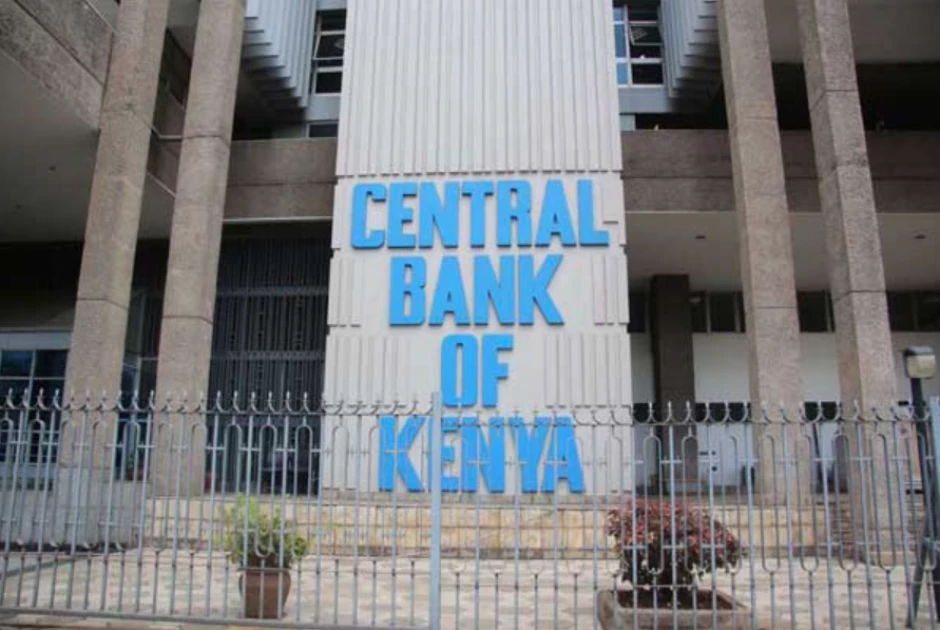Fewer, better capitalised banks may catalyze the mobilization of domestic savings, boost national investment, support economic modernization, and advance Kenya’s Vision 2030 goal of attaining upper-middle or high-income status, comparable to the achievements of the Asian Tigers and Tiger Cubs.
The Central Bank of Kenya (CBK) has hiked the minimum Tier 1 capital from KSh 1 billion to KSh 3bn by 2025, KSh 5bn by 2026, KSh 6bn by 2027, KSh 8bn by 2028 and KSh 10bn (USD 77.38 million) by 2029.
The primary rationale is to enhance the stability, resilience, and solvency of the banking sector, protecting consumer deposits and the broader economy. Stronger capital buffers reduce the risk of contagious bank runs, whose velocity has increased due to social media, and help address systemic difficulties.
The higher capital requirements will also enable Kenya to align with international best practices, such as Basel III Pillar 1 risk-based capital allocation for credit, market, and operational risks. These requirements will compel banks to strengthen their risk management practices in order to optimize capital usage and support increased business volumes. This is likely to lead to industry consolidation, resulting in fewer, larger banks with the capacity to drive systemic transformation of the economy.
Joe Staten Bain’s Structure-Conduct-Performance (SCP) theory underscores how market structure shapes firm behaviour, which in turn drives performance. Kenya’s shift in capital thresholds is a structural intervention expected to influence conduct (e.g., mergers, pricing strategies) and ultimately improve industry performance.
The CBK’s 2023 Bank Supervision Report reveals that only 14 of 39 banks would have met the new capital threshold if it had been enforced that year. The remaining 25 small banks will now need to bridge the gap through retained earnings, new strategic investors, or mergers and acquisitions (M&A).
The lenders facing this challenge have several options, including seeking Merger and Acquisition (M&A) opportunities with local or foreign banks. These deals can achieve economies of scale, expand market share, and provide entry routes for foreign players seeking well-aligned business models or complementary customer bases.
In a market like Kenya where the Central Bank halted the issuance of new bank licenses for a decade (2016-2025), M&As also became the pathway to acquiring a license or an established distribution network.
Mergers can enhance brand value and build sustainable competitive advantage. Some acquisition targets offer advanced technologies or intellectual property, while others can revive stagnant growth and unlock operational synergies. Benefits also include improved efficiency, lower cost-to-income ratios (CIR), and accelerated value chain integration.
Domestic banks may pursue acquisitions to boost balance sheets (e.g., deposits, capital, loans, securities), expand business drivers (e.g. branches, agents, POS terminals), and strengthen income statements (e.g., interest income, non-funded income, ROE, ROA). Such strategies have historically helped bridge capital shortfalls and offer competitive advantages in niche segments.
Spire Bank, for example, previously ranked last with negative capital of KSh 1.66bn, but this issue was resolved following its acquisition by Equity Bank in early 2023. Consolidated Bank was ranked second last with negative capital of KSh 0.52bn and will require substantial recapitalization by the National Treasury and/or strategic investor(s).
Access Bank Kenya, ranked third last, has improved its position after acquiring National Bank, whose core capital stands at KSh 8.18bn. However, it still requires support from its Nigerian parent to mitigate risks from potential NPL write-offs.
Local banks may also be incentivised, either competitively or through regulatory persuasion, to acquire key targets and preempt entry by well-capitalized multinationals. Regulators would have to balance this though, since mergers and acquisitions with foreign lenders could help diversify home market sovereign credit risk.
Higher capitalization allows banks to scale up financial intermediation, expand branches, deposits, and lending. Customers benefit through wider access to regulated financial services, safer savings options, and increased credit availability for consumption and enterprise development. Since the CBK sets the Single Obligor Limit (SOL) at a maximum of 25% of core capital, the higher the core capital, the larger the amount a single borrower can get from the respective bank.
The Potential, and Bumps Ahead
Higher capitalization will raise entry barriers, likely increasing market concentration and the industry’s HHI (Herfindahl-Hirschman Index), which measures the size of a firm against the industry it operates in.
This potential shift toward oligopolistic markets may heighten the risk of implicit collusion, potentially leading to higher prices, reduced innovation, and fewer consumer choices. However, microfinance banks, SACCOs, MFIs, and digital lenders remain critical fallbacks for underserved segments.
Additionally, fewer, better capitalised banks may catalyze the mobilization of domestic savings, boost national investment, support economic modernization, and advance Kenya’s Vision 2030 goal of attaining upper-middle or high-income status, comparable to the achievements of the Asian Tigers and Tiger Cubs. In 2024, the IMF projected Kenya’s gross savings to GDP ratio at 12.95% and its investment-to-GDP ratio at 16.67%, in contrast to China’s 42.68% and 40.42%, respectively.
According to the World Bank, Kenya’s domestic credit to the private sector by banks was at 31.63% of GDP in 2023, significantly below Hong Kong’s 248.75%. Strengthening bank capitalization, alongside strategic M&As, will be key to advancing the Nairobi International Financial Centre (NIFC), which was ranked 100th by Long Finance, compared to Singapore (4th), Seoul (10th), and Kuala Lumpur (51st).
Nicasio Karani is a banking and macroeconomics specialist, currently serving as General Manager- Special Projects and Bank Economist at Equity Group Holdings PLC.
